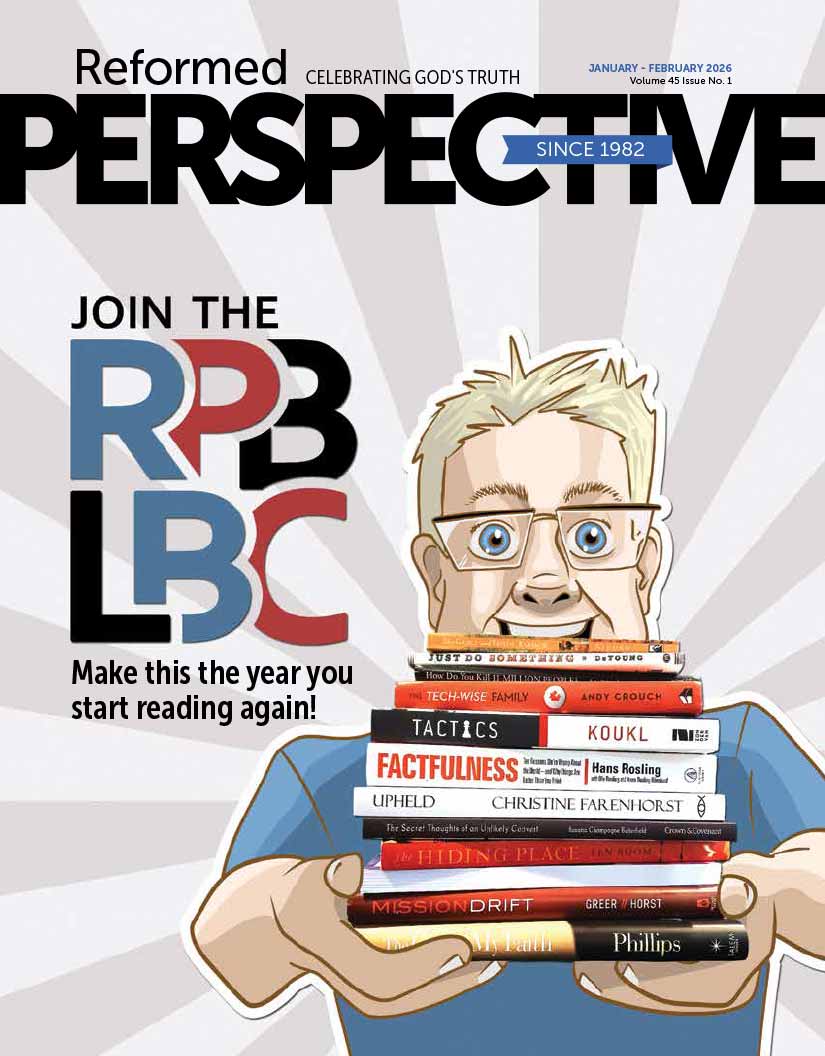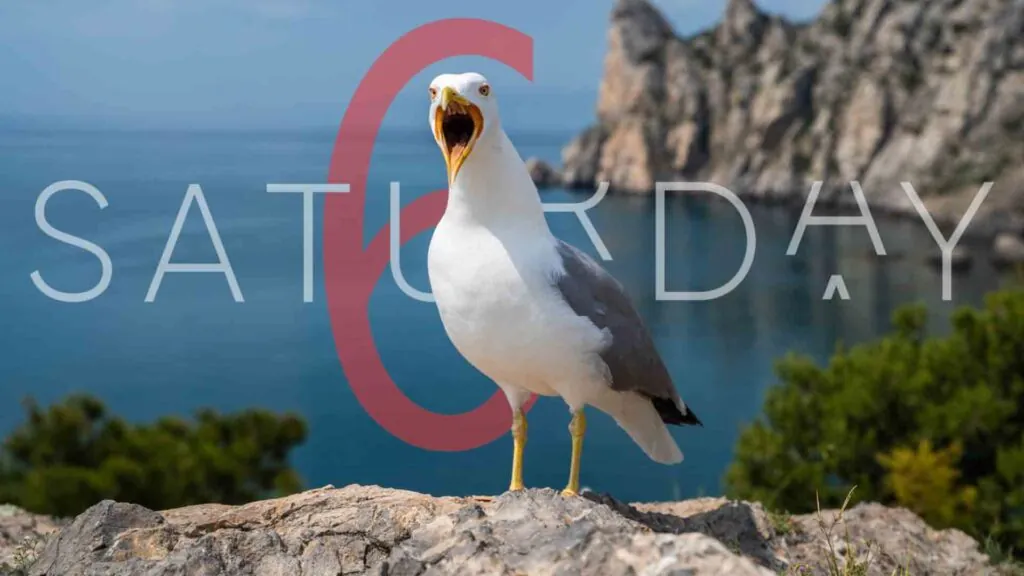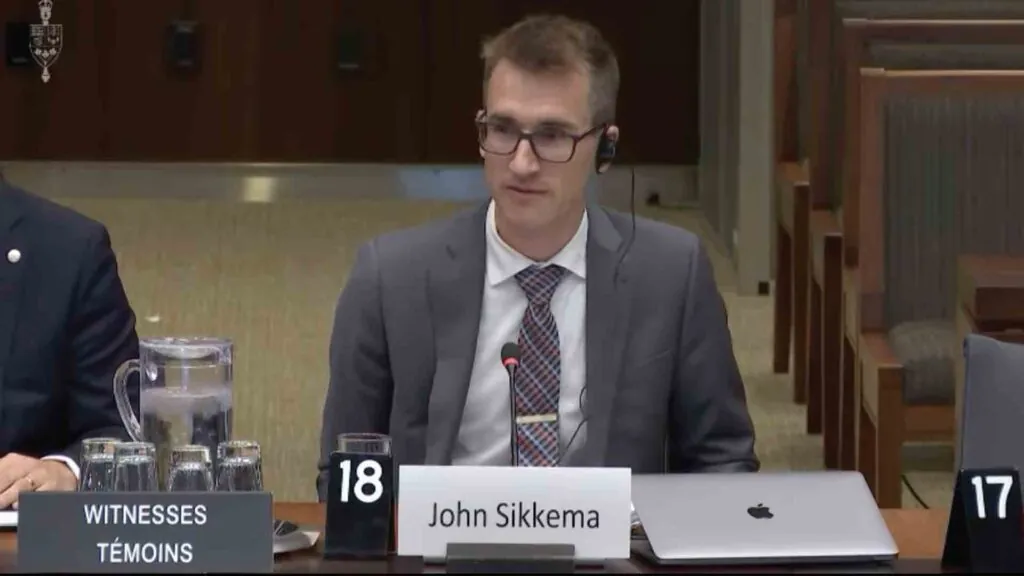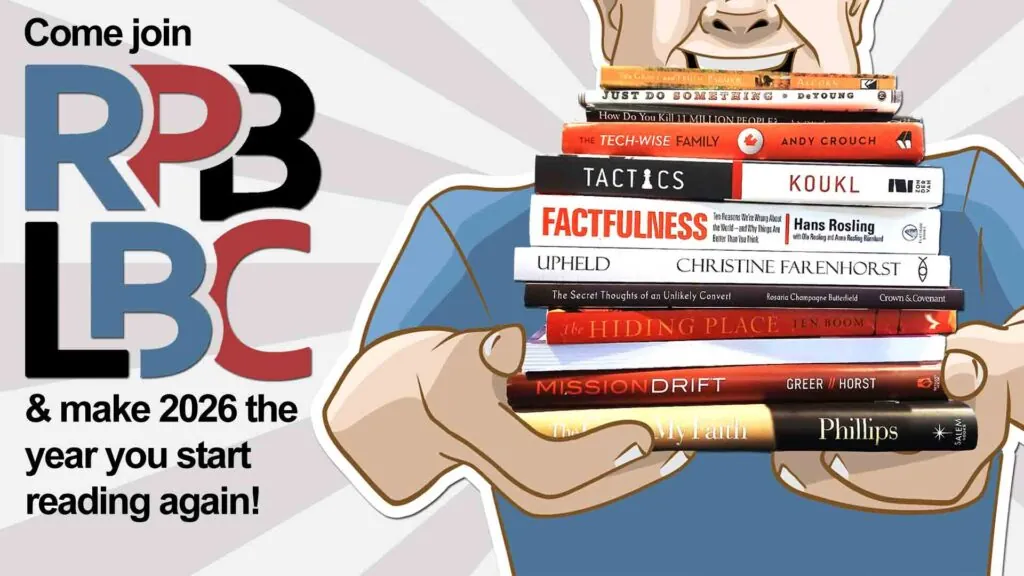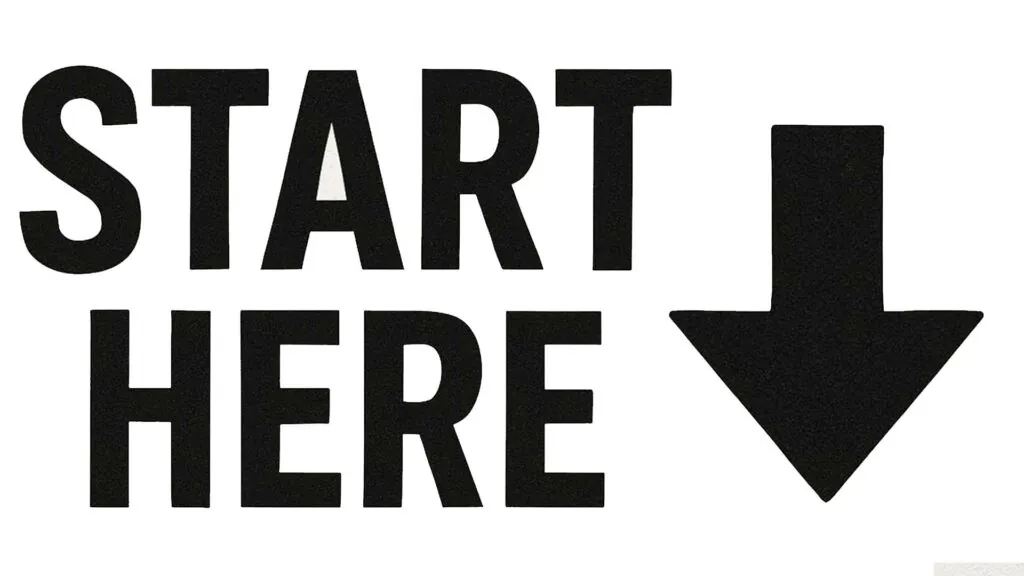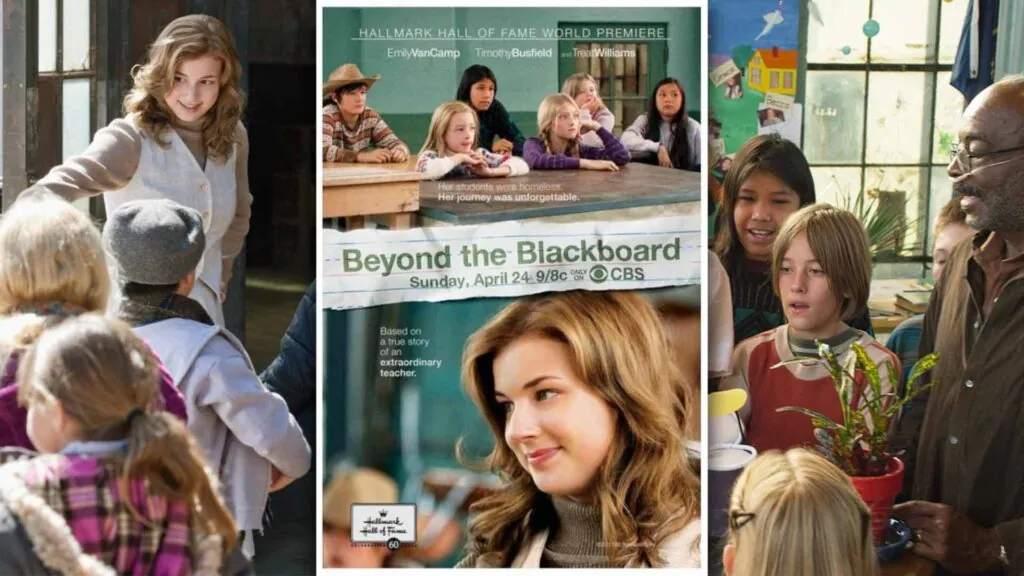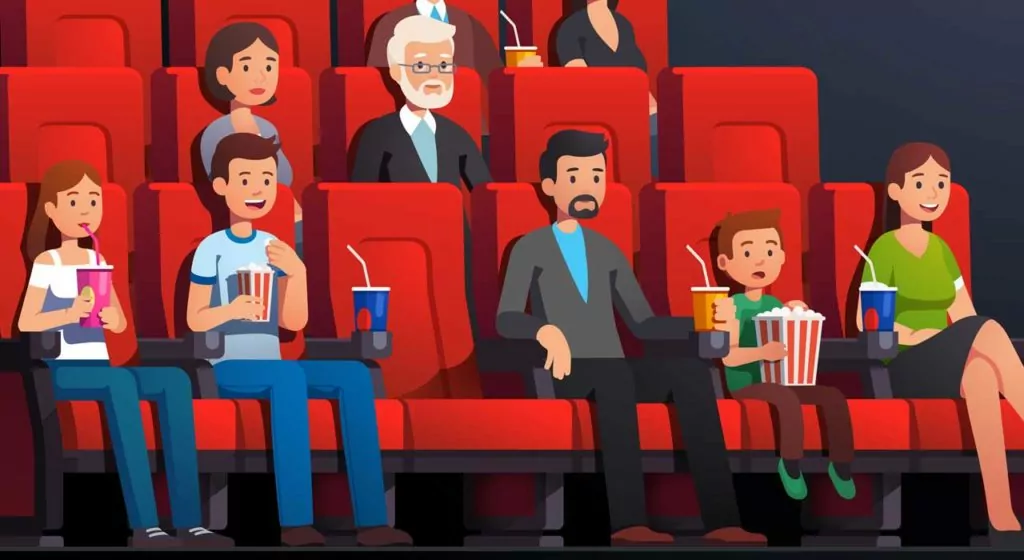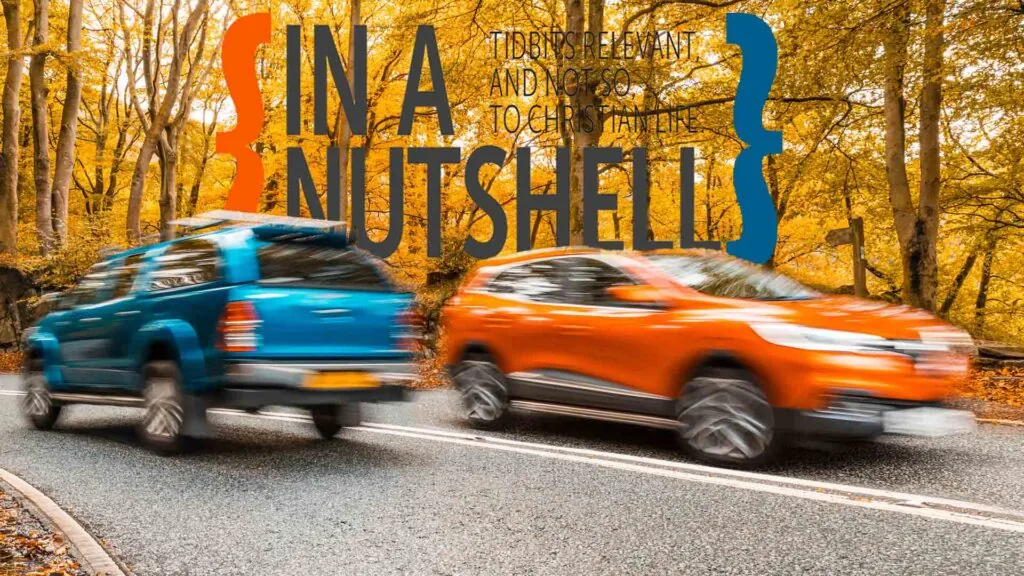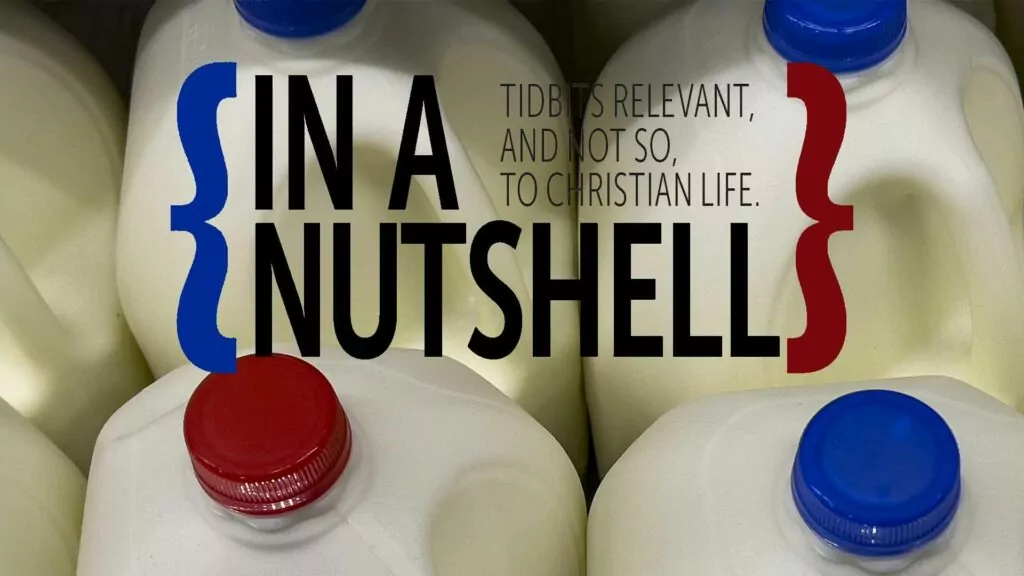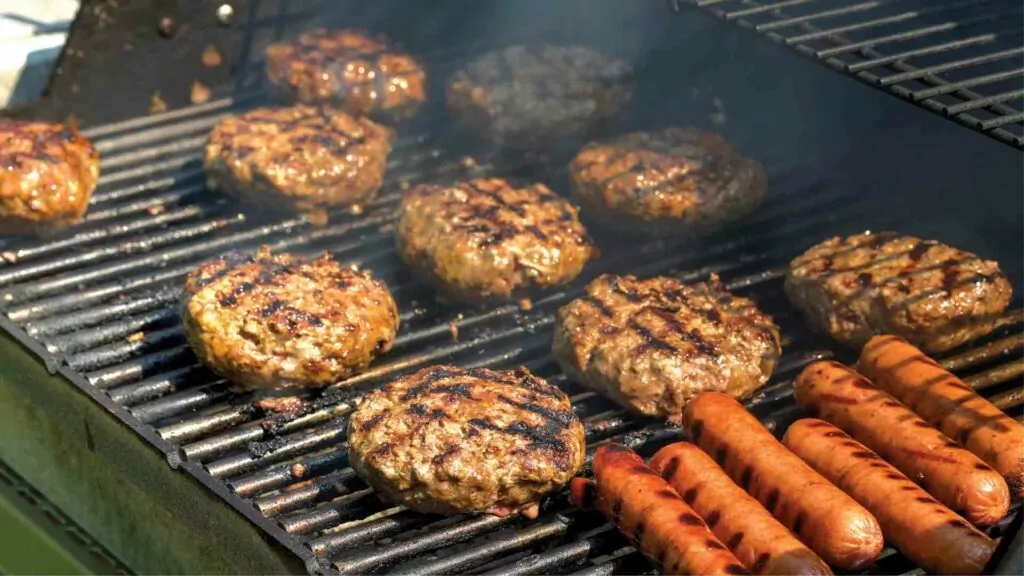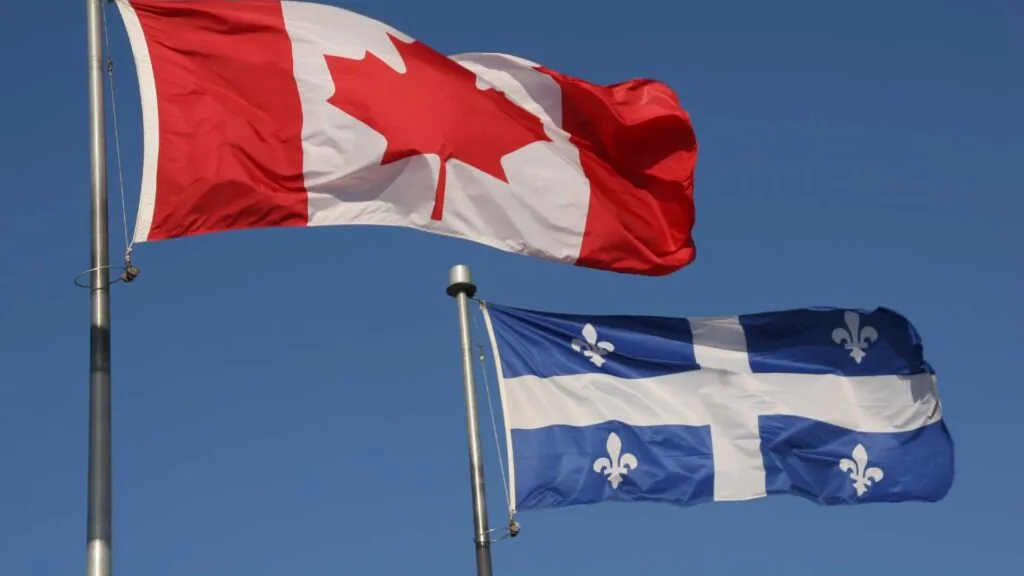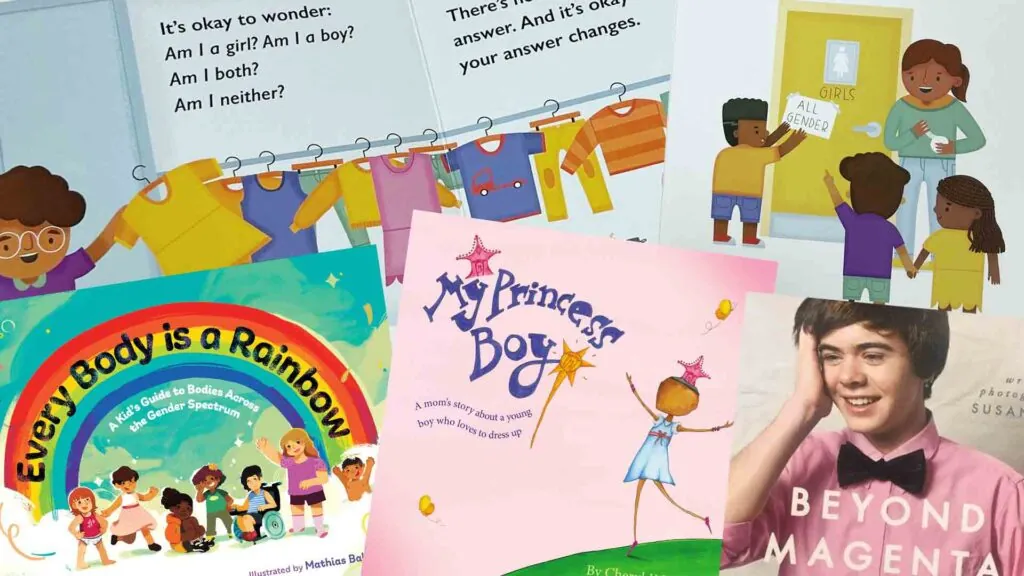
Magazine, Past Issue
Jan/Feb 2026 issue
WHAT'S INSIDE: You can't fight screens with nothing
This time around we've got two contests, and the start of RP's Bucket List Book Club, where we can join together to make 2026 the year we start reading again.
And the theme of the issue is, "We are not trashcans," with five different pieces about learning to discern in our media consumption.
We have three options for you to read the magazine. First up is the flipbook edition, with its turning pages. Below that, you can click the cover to view the pdf in your browser, or click here to download the PDF (9 mb)
INDEX: RP Contest: Your Turn / Join RP's Bucket List Book Club / If grades are dropping should we drop grades? / Blessed are the Busy? Should we be trying to be less busy or be busy better? / You can save pre-born lives this summer / When God goes to war: holiness, judgement, and hope / We believe... 1,700 years ago - on the Council of Nicaea and the Nicaea Creed / Moth and Rust Resolutions / Created to create: a practical person's thoughts on creativity / Tidbits relevant and not so to Christian life / 12 free must-see documentaries for Christian families / Come + Explore: You might be eating candy for dinner and we're not talking about food / We are not trashcans: how to analyze stories / Do you realize what you're listening to? / Christian fantasy after Tolkien – a Top 10 / 8 errors parents make and how to avoid them / Crossword / The Lifelong Battle / Will AI replace reading? / Navigating failure / The evil of simplicity / More than a magazine / The "can you build it better? contest / E.D. Update: A home to grow in - introducing our new Real Talk studio
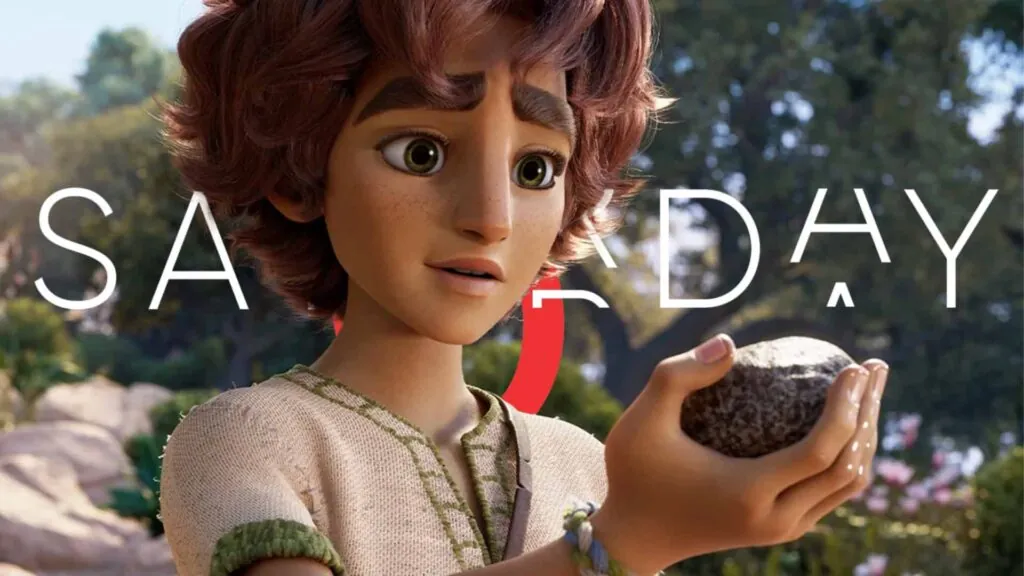
News
Saturday Selections – Jan. 3, 2026
A pastor's review of the animated movie David
I'm very hesitant about any film depictions of Jesus, wondering if they violate the principle of God's Second Commandment not to make any graven images of Him (Ex. 20:4). Then there is also the practical consideration that whenever someone does depict Jesus, they always manage to mess things up.
But what about film depictions of other biblical stories? The Second Commandment doesn't apply then. But there would still be a need for reverence in treating God's Holy Bible as the sacred text it is. Too often, though, how it's treated is as some first draft that needs to be improved on – and as this pastor highlights, in the new animated David, that's what's happened again.
We have smartphones so why memorize Scripture?
"The Word of God must enter the mind and heart to bring life, health, and fruit. As long as it stays external to us, whether in print or digital form, it can do us no good. That we now have such easy access to massive books doesn’t change that fact at all. An unused Bible app on the phone is the same as a closed and dusty Bible on the shelf..."
Matthew’s genealogy isn’t missing a name—it’s making a claim (10-minute read)
Matthew's genealogy in his opening chapter traces the line of Jesus from Abraham through three sets of 14. But it gives just 41 names. The math is wrong? No indeed. This is a longer read, but another one of those instances where it can be fun to really dig into a familiar passage to figure out more of what God is presenting us here.
Why all the frenzy over Christian Nationalism?
Awful used to mean, "full of awe" and literally can now mean non-literally, so words can be hard to nail down, with ever-shifting meanings. But in some cases it is up to us to stand by the definition that God has set. Much of our cultural battle is over the dictionary, involving attempts to undermine what God has declared. So, for example, "gay marriage" simply isn't a thing, and not because we are taking issue with how the word "gay" has changed over time. No, the issue is that God gets to define what marriage is, and no one else, and He has so defined it as to preclude pairings of two men or two women.
So too, with the term "Christian Nationalism." All sorts of folks identify with the term, complicating our discussion of it, so a good first step in having any sort of intelligent discussion is to start with God's definition. And here, again, one part of the term has room to wiggle and change but not the other. So if a group of racists want to describe themselves as "Christian Nationalists" we should say, "No, you are not, because God has so defined 'Christian' as to preclude any pairing with 'racist"' (Gen. 1-2, Gal. 3:28). That's what we should do, instead of taking these people seriously.
Doing so would save us all a lot of time, and allow the discussion to focus in on where it needs to be: on how we can encourage one another to speak God's Name boldly in the public square, and how we can better present His Truth to a nation in desperate need of Him.
Your wife is Beauty: The Song’s response to male sexual distortion
This is an article for Christian counselors helping men addicted to pornography who, consequently, don't find their wife as attractive as before. The counsel offered is of benefit to any and all:
"I have relatives who live in Colorado Springs. Every day they wake up in the shadow of Pike’s Peak, which is a beautiful mountain vista. Every time I visit, it takes my breath away. But, if I were to guess, many people in Colorado Springs do not appreciate this view because it has become too normal and mundane to them. It is only by starting to look at and appreciate the unique beauty of that particular view that we can be formed in this way. Your counselee’s wife is beautiful. If he has not reckoned it to be so, he has missed something that is very true right in front of him. So, have him look."
Rivers and Robots' Provider
Don't know this group, but really enjoyed this video, which their fans around the world helped them create.
Today's Devotional

January 8 - Our souls also belong to Jesus
“Jude, a servant of Jesus Christ and brother of James, To those who are called, beloved in God the Father and kept for Jesus Christ:May mercy, peace, and love be multiplied to you. (ESV) ... 20-21 But you, beloved, building yourselves up on your most holy faith, praying in the Holy Spirit, keep yourselves in the love of God, looking for the mercy of our Lord Jesus Christ unto >
Today's Manna Podcast

The empty tomb
Serving #1082 of Manna, prepared by Anonymous, is called "The empty tomb".







